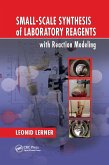
Broschiertes Buch
18. Oktober 2019
Taylor & Francis Ltd (Sales)
| Gebundenes Buch | 253,99 € | |
| eBook, ePUB | 64,95 € | |
| eBook, PDF | 64,95 € |
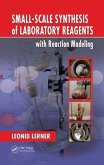
Gebundenes Buch
16. Februar 2011
Taylor & Francis Inc
eBook, ePUB
16. Februar 2011
Taylor & Francis eBooks
eBook, PDF
16. Februar 2011
Taylor & Francis eBooks
Ähnliche Artikel
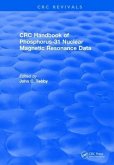
Broschiertes Buch
28. Januar 2019
CRC Press
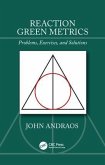
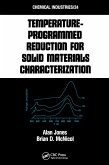
Broschiertes Buch
18. Dezember 2020
Taylor & Francis Ltd (Sales)
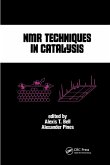
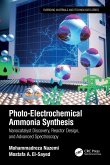
Broschiertes Buch
Nanocatalyst Discovery, Reactor Design, and Advanced Spectroscopy
25. September 2023
CRC Press
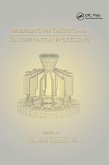
Broschiertes Buch
19. September 2019
Taylor & Francis Ltd (Sales)
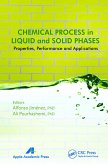
Broschiertes Buch
Properties, Performance and Applications
31. März 2021
Apple Academic Press
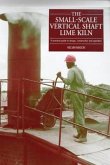
Broschiertes Buch
Dezember 1999
Practical Action Publishing
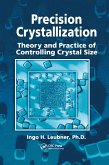
Broschiertes Buch
Theory and Practice of Controlling Crystal Size
19. September 2019
Taylor & Francis Ltd (Sales)
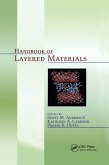
Ähnlichkeitssuche: Fact®Finder von OMIKRON
